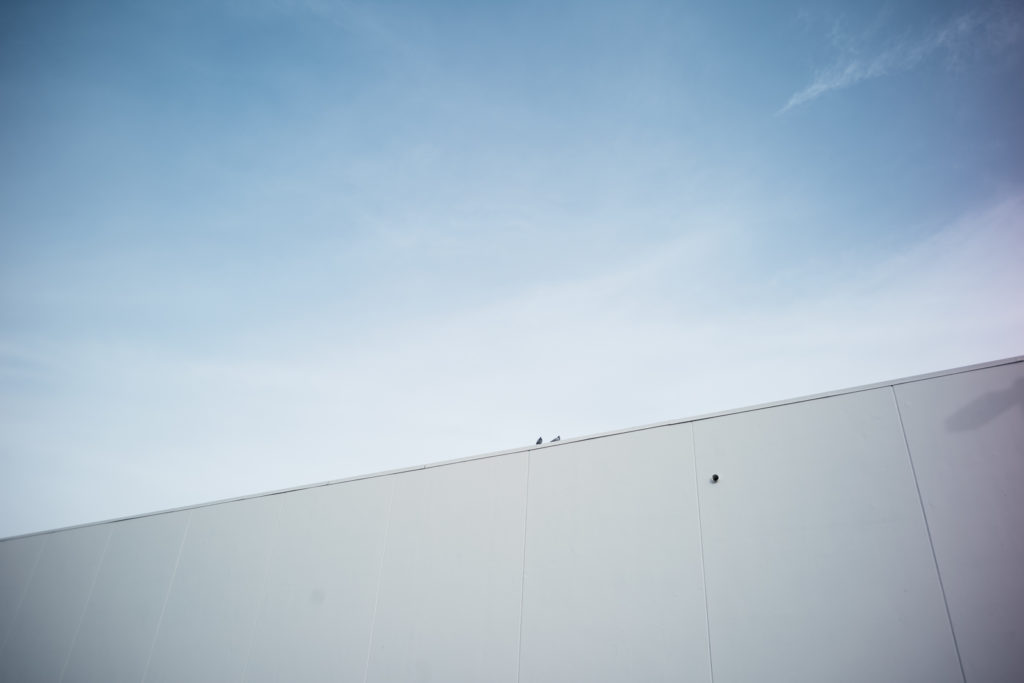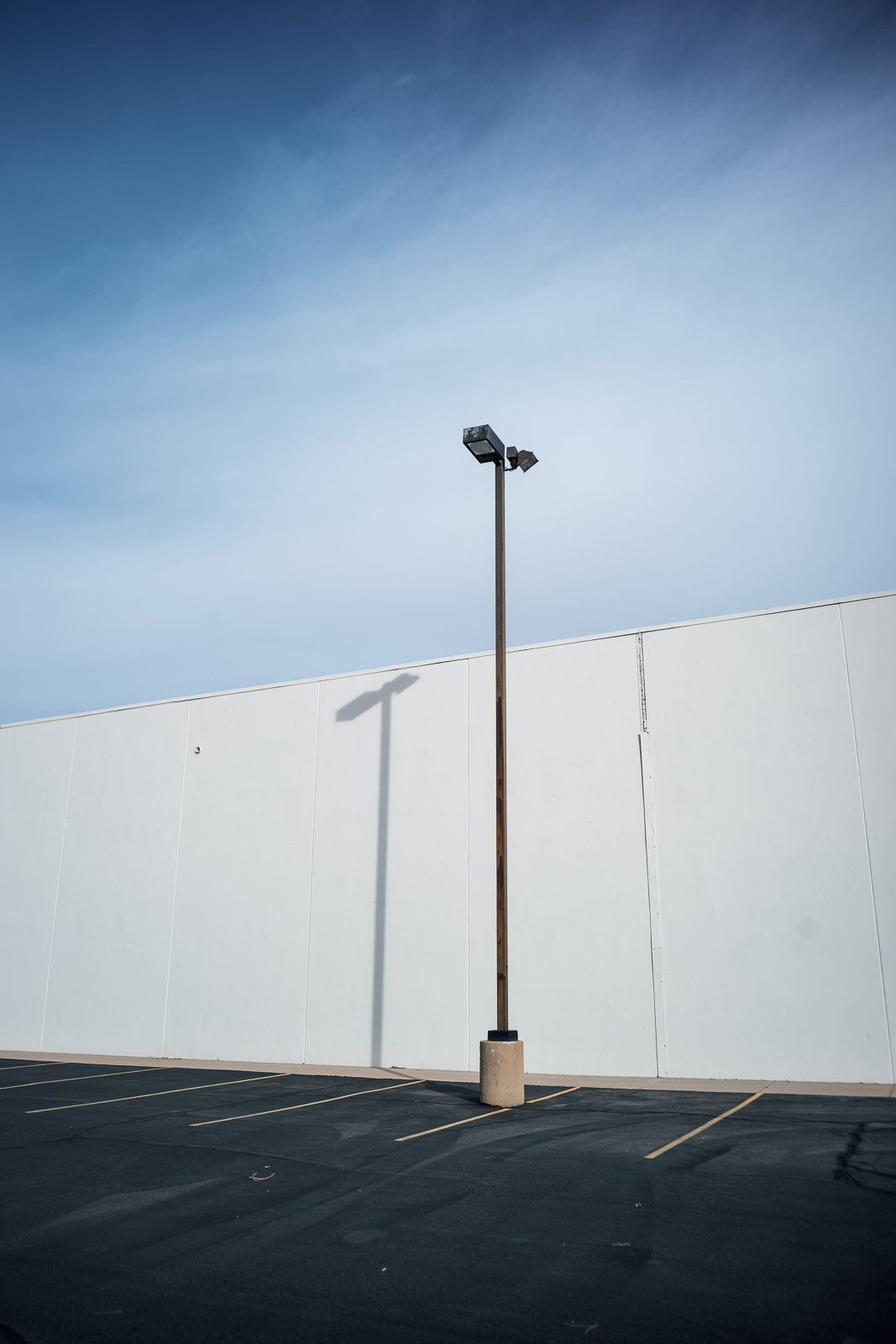Spoiler alert: This is my first review that requires a spoiler alert.
Spoiler alert to the spoiler alert: This was the fastest lens review I have ever done. Red disease (1) got in the way.
History
The Voigtlander Color Skopar 25mm f/4 M-mount lens was released in 2007 as an update to the previous LTM version which was called the “Snapshot-Skopar.” The previous version was not rangefinder coupled. Rather, it had click stop scale focusing (hence the word “snapshot” in the name). The M-mount version is an updated package with full rangefinder focusing but retains the same optics as it’s predecessor.
On garden gnomes and parked cars:
Diminutive lenses are one of the reasons I started using rangefinder cameras. If I wanted to be a bokeh slayer and use bokeh monsters to slay the bokeh before I crush the bokeh, I would probably just get a DSLR or SLR and have a fatter bank account. On a price/size basis rangefinder lenses are a dumb return on investment but, at least until I get old and can’t see the rangefinder patch, it is small fry till I die. Someone else can crush the bokeh for me.
Given that I am, apparently, some sort of microphiliac (although I do not intend to own a dollhouse nor do I fetishize miniature ponies or pigs), I am more than happy to own and use an f/4 lens especially if it is a wide-angle lens. Once lenses get this small, serious consideration must be given to ergonomics. People with lymphatic disorders of the extremities and everyone else with run of the mill sausage fingers are often given short shrift in camera lens reviews. I feel their suffering and neglect. At the time of writing, several of my digits were dry, cracked, and swollen. Although my ailment was the result of exposure and trauma rather than lymphatic pathology, I had difficulty typing this so I really do feel their pain.
Voigtlander must understand what fat fingering a camera lens the size of a gerbil nipple feels like given that they added little “wings” to the aperture ring (2). The aperture ring wings are much appreciated but the implementation was off by a dripple. On my copy of the lens, the resistance of the aperture ring was a tittle too delicate which resulted in the aperture ring changing with every inadvertent graze of my swollen fingers while focusing. This lens was essentially unusable with gloves because of this aperture ring issue. On several occasions, after I put the lens in my bag, which it was in the bag, the aperture setting would change without asking me for permission.
Considering that I just spent a paragraph discussing the aperture ring issue, it should be noted that the amount of ink the issue received may be misleading. The reality is that on an annoyance scale, I would give the aperture ring “issue” a 4 out of 10. If you don’t buy this lens solely because of this aperture ring “issue” you are charting your own course and you worry too much about aperture rings. If this is your only problem with this lens, I suggest getting the lens, remember to check the aperture before shooting, stop worrying so much about aperture issues, and make better use of your time doing something useful like pondering whether or not Jesus could microwave a burrito so hot that even he himself could not eat it? (3)
Other than the microaggression inflicted on me by the dainty aperture ring, this lens gave me joy, satisfied my microphilia, and afforded me more time to continue to work through my pathological love of small things. Remarkably, Voigtlander was able to include a proper, human finger sized, convex, fully functional focusing tab which is more than I can say for the criminally unsuitable nubbin that Zeiss is selling on their ZM line of lenses. The included lens hood is also just what the psychologist treating my microphilia ordered. Small and functionally flare reducing even though I don’t understand how something that small actually controls flare. My psychologist is, unfortunately, also treating me for symptoms of PTSD because red disease (1) abruptly and unceremoniously ended my burgeoning love affair with this lens.
Does it have SOUL?
As we discussed previously, SOUL is not my goal with 24 or 25mm lenses. With this focal length, I prefer cleanliness over character because you never know where in a wide-angle scene the action will live. As an example, I offer you the picture at the end of this post with the pink skis in the foreground. Vignetting and weirdness on the margin of the image would ruin the image. Your mileage may vary but it seems that I am too often taking these types of images with wide-angle lenses.
That said, if pushed, I could tolerate a little bit of funk and skunk on the periphery of the image as a trade-off for a lens the size of a precancerous skin tag on the neck roll of your average Miami sun-worshipper. I could even tolerate some degree of “character” to offset the fact that 24mm images can sometimes look like they were taken on an iPhone BUT when shot on the Leica M10 the Voigtlander Color Skopar 25mm f/4 lens causes red disease (1) on the margin of the image. In the following images, the red disease is the magenta band on the right side of the image.


Red disease is present on every image taken with my Leica M10. Wide open. Stopped down. It is always there like diarrhea in a cat with inflammatory bowel disease. This disease was so ubiquitous, I was actually worried that my M10 was broken and I did tests with other lenses just to make sure nothing was amiss. My M10 is fine. The Voigtlander Color Skopar 25mm f/4 lens is the issue but before you go and start disparaging Voigtlander there is more to this story.
It would be easy to for me to feign outrage about the red disease and fire off a screed about how this lens is a crime against humanity but the more objective reality is that this lens was designed for film and the reason I encountered red disease in the first place is because I was less than thorough in my research before buying this lens. Breadcrumbs were present in multiple locations but I didn’t take the time to find them. Hint: don’t look where people are shooting this lens on film. Hint: don’t search for Voigtlander Color Skopar 25mm f/4 review. You need to be smarter than the average bear…which I wasn’t.
For example, if you search for “Voigtlander Color Skopar 25mm f/4 magenta band you will uncover a thread discussing the issue where the poster said…”The Voigtlander 25/4P works wonderfully on film cameras, but has issues with full-frame Leica digital, giving a fairly strong red edge on the left side of the frame.” So there you have it. Known issue. Digging deeper Vogelius mentions “ray angle induced color shifts” in the discussion of this lens. Finally Schneiders mentions “some serious color fringing with digital sensors.” Again, known issue. I have nobody to blame but myself.
Known issue or not, if you think you are going to go all Lightroom or Photoshop hero and just lay down a gradient to remove the magenta band, think again hero. It isn’t that easy because if there is anything on the margin of the image with important color it will be more than a 2-second fix. I am pretty good with Photoshop and Lightroom and I would rate the effort needed to deal with the magenta band somewhere between annoying +++ and a submoderate pain in the ass.
It is interesting to note that unlike my experience with the Leica M10, when I used this lens on my Panasonic S1 with the Kolarivision thin sensor mod, it worked well. There was still a little vignetting but the vignetting was no worse than the Zeiss Biogon 25mm f/2.8 ZM which I could easily deal with in post. Importantly, the red disease was dramatically reduced. Without the red disease getting in the way, the images from this lens are remarkable.
I also found success with this lens when shot on my M7. With film, there was neither red disease nor vignetting. I only shot a single roll but even with my limited review, I can say without reservations – film shooters rejoice. If you can live with f/4, I would put this lens head to head with anything else if you are looking for a modern style lens.
So did I keep it?
How about answering a question with a question…if you have a girlfriend that is warm and caring, responsible, makes a bunch of money, saves puppies and kittens from the street in Mexico while on vacation AND donates a llama every month through Heifer International BUT from time to time she gets drunk and while you are sleeping beats you on your shins with a baseball bat for the lolz, do you stay with her? That is how I feel about my relationship with this lens and its red disease affliction. It is great but…..
So did I keep it? You can probably guess the answer but if you want the official record, to learn how this lens stacked up with the competition, support this website, and most importantly see if I would have kept this lens if I only shot film, please visit the Leica Lenses for Normal People: The Recommended List.
NOTES
- Magenta disease, magenta syndrome, lateral magenta banding, or even colorful unilateral magenta vignetting would be more accurate descriptions of this issue but red disease sounded more catchy so I went with red disease.
2. The concept is genius although unoriginal. The 35mm Summilux once sported a pair of wings on the aperture ring.
3. https://youtu.be/JhhXCuUG2pw
Sample Images (film images have black borders)










